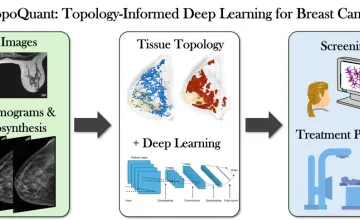AAU universities conduct a majority of the federally funded university research that contributes to our economic competitiveness, health and well-being, and national security. AAU universities are growing our economy through invention and innovation while preparing the next generation of scientists and engineers for global leadership. By moving research into the marketplace AAU universities are helping to create jobs, and provide society with new medicines and technologies.

UMD geologists uncovered evidence of a section of seafloor that sank into the Earth's mantle when dinosaurs roamed the Earth; it's located off the west coast of South America in a zone known as the East Pacific Rise.

Novel research supported by NCI could lead to more specific predictive disease models

A new University of Kansas study reveals parents seeking health care information for their children trust AI more than health care professionals when the author is unknown, and parents rate AI generated text as credible, moral and trustworthy.

Hypertension and amyloid plaques can separately cause dementia. Having both increases a person’s odds of developing cognitive decline, a new study finds
Explore More: University Research
You can filter stories by the university.
University of Michigan awarded $10,000 grants last year to seven research teams, so they could work with communities across the Great Lakes region, including Michigan, to identify local problems that stem from water level fluctuations.
A team of MIT researchers has developed a new technique to defend multirobot systems such as delivery drones from hackers.
Massachusetts Institute of Technology | Protecting Systems | Safeguarding the Connected World | University Research
Recent progress by physicists from the Georgia Institute of Technology could one day help sharpen weather forecasts and extend their range by making better use of masses of weather and climate data.
University of Arizona Associate Professor Roman Lysecky is pioneering technologies to protect implantable medical devices (IMDs) from hackers.
The University of Arizona | Protecting Systems | Safeguarding the Connected World | University Research
Researchers from Stanford University have used a geophysical imaging technique to map where seawater has infiltrated freshwater aquifers along the Monterey Bay coastline.
